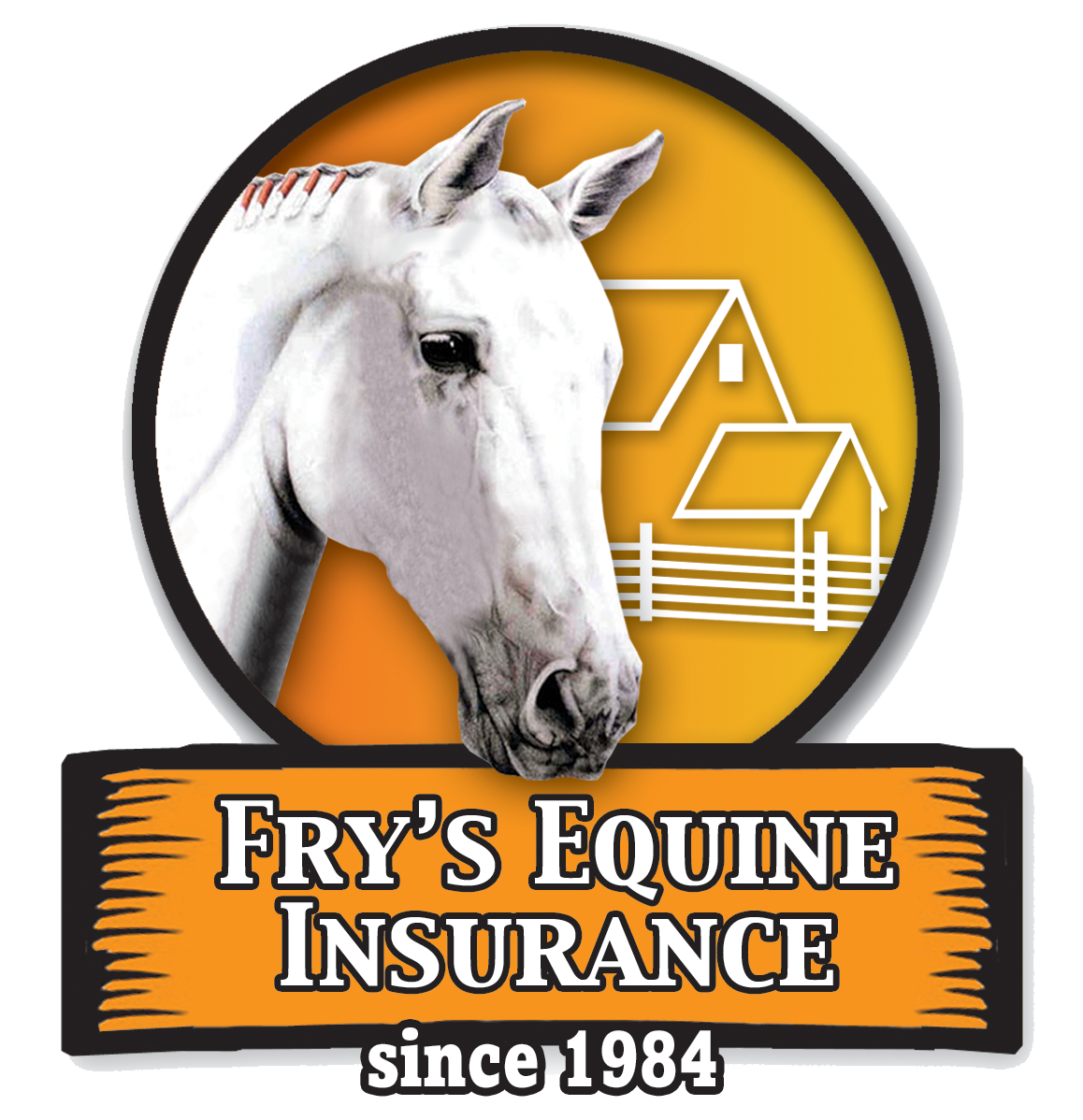Another important read from our friends at Scambusters(.org):
Scammers have already jumped aboard last week’s announcement of a student debt relief program and extension of the loan repayment pause.
They’re using it to boost their bag of con tricks that are stealing millions of dollars from students, graduates, and their families every year.
Confusion over who’s entitled to the debt forgiveness program, and for how much, plays straight into the crooks’ hands. The Department of Education is still working on the final details and the application process, so it can be a frustrating time for student borrowers.
In fact, you may not even have to apply for the program if the government already has the relevant information. The Federal Student Aid Office says that while they encourage people to apply, there are 8 million people for whom they already have data and who should get the relief automatically.
Meanwhile, however, the scammers are busy using phones, emails, text messages and social media offering to fast-track victims onto the program, often with a fake guarantee. They even suggest they can jump you to the front of the line.
They may say they are working with the US government on the program, that they can get bigger sums of aid relief, and get you into the program even if you don’t qualify.
Here’s an example robocall:
“The reason we are calling is because your student loan is eligible for a forgiveness program. We need your authorization to complete the process. Please call our office…”
For all this, of course, the scammers want payment, sometimes thousands of dollars, and which usually includes providing confidential personal and financial information they could use for identity theft.
With total US student loan debt running at an estimated $1.75 trillion, they’ve been doing this for years, pretending they can cancel or reduce outstanding loan debt and improve credit scores. Often, they claim their upfront fees or monthly payments will go toward paying off the loan. That’s simply not true.
In the last few weeks alone, the US Federal Trade Commission (FTC) has returned almost $3 million to students who have been bilked by firms claiming they could help financially beleaguered former and current college attendees.
In very simple terms, the new plan covers the extension of the repayment pause to December 31; loan forgiveness of up to $20,000 (for Pell Grant recipients) or $10,000 (non-Pell Grant) if your individual income is less than $125,000 ($250,000 for households); and changes to make the student loan system more manageable.
The “up to” limitation simply applies to borrowers who have less than these sums outstanding. If your student debt is $15,000 and you’re a Pell Grant recipient, that’s how much you’d get if you’re eligible.
You can see a full summary of the changes here:
https://tinyurl.com/student-debt-program
Responding to fears that crooks will make the most of confusion and the time factor, the FTC bluntly warns: “You don’t need to do anything or pay anybody to sign up for the new program — or the pause. Nobody can get you in early, help you jump the line, or guarantee eligibility. And anybody who says they can — or tries to charge you — is (1) a liar, and (2) a scammer.”
5 Tips from the FTC
Meanwhile, the Commission offers the following advice to past and current students:
- Don’t pay anybody who says they can secure special access to the program or that they can guarantee you’ll be eligible. They can’t.
- Sign up for updates on the process and timetable with the Department of Education (https://www.ed.gov/subscriptions). Then you’ll be notified when the program opens.
- Ensure your details are up to date with your federal loan service provider so they can keep you up to date.
- Don’t overlook the existing Public Service Loan Forgiveness (PSLF). If you’ve worked in public service for 10 years or more, you may be entitled to federal student loan forgiveness after you’ve made 120 qualifying payments. (See https://tinyurl.com/PSLF-prog)
- If you think you’ve been scammed, tell the FTC (https://reportfraud.ftc.gov/).
Also, don’t let fear of missing out push you into taking rash and costly action. Some legitimate firms may say they can simplify the application process by doing the legwork for you. But they’ll want paying.
Charging an upfront fee for doing the work for you is actually illegal in most states,
whereas, if you use it, the application process for the debt forgiveness program (or the extended payment pause) is actually free, and you’ll have until December 31 to apply.
As of the time of writing, a simple application form for the student debt relief program is expected to be available sometime in October. After submission, it should take four to six weeks for completion.
